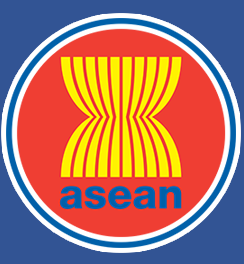ASEAN Journal on Science and Technology for Development
Abstract
Upflow anaerobic sludge blanket (UASB) reactors R-I and R-II, each with an effective volume of 6.0 l were used to study the treatability of actual effluent obtained from paper mills at a mesophilic temperature and neutral pH. Methanol, as a source of an easily biodegradable substance along with activated carbon of effective size 1.5 mm–2.5 mm were added to the reactor R-I to a total depth of 12 cm to evaluate its efficiency. The pH of both the reactors were kept constant at neutral by adding an external buffer solution of 0.03 M NaHCO3 with the feed solution. It was observed that corresponding to an organic loading rate of 3.5 kg-COD/m3-day, the overall chemical oxygen demand (COD) removal efficiency of the reactors R-I and R-II were 88% and 64%, respectively. The absorbable organic halides removal efficiency was observed to be 72% and 47% for reactorR-I and R-II, respectively. During the study it was however observed that, the treatability efficiency of reactor R-I was comparatively better but the amount of its biogas production was slightly lower than that of R-II. The average biogas production in reactors R-I and R-II during the course of study was observed as 0.33 l/g-CODremoved and 0.42 l/g-CODremoved respectively, with a mean methane composition of 58%–61% in both the reactors. Kinetic coefficients of k, Ks, Y and kd were determined to be 0.7 g-TOC/g-VSS.d, 0.30 g-TOC/l, 0.26 g-VSS/g-TOC and 0.02 day–1 respectively, based on the results obtained from reactor R-I. The results of this study showed that the use of methanol andan activated carbon in a UASB reactor to anaerobically digest the paper mills effluent at a mesophilic temperature and a neutral pH reactor was quite a feasible and viable technique.
Publication Date
11-20-2011
Recommended Citation
A, Arshad; N.H, Hashim; and N, Ghazala
(2011)
"Usage of UASB Reactor to Assess Feasibility of Treatment of Paper Mill Effluent,"
ASEAN Journal on Science and Technology for Development: Vol. 28:
No.
2, Article 1.
DOI: https://doi.org/10.29037/ajstd.37
Available at:
https://ajstd.ubd.edu.bn/journal/vol28/iss2/1

